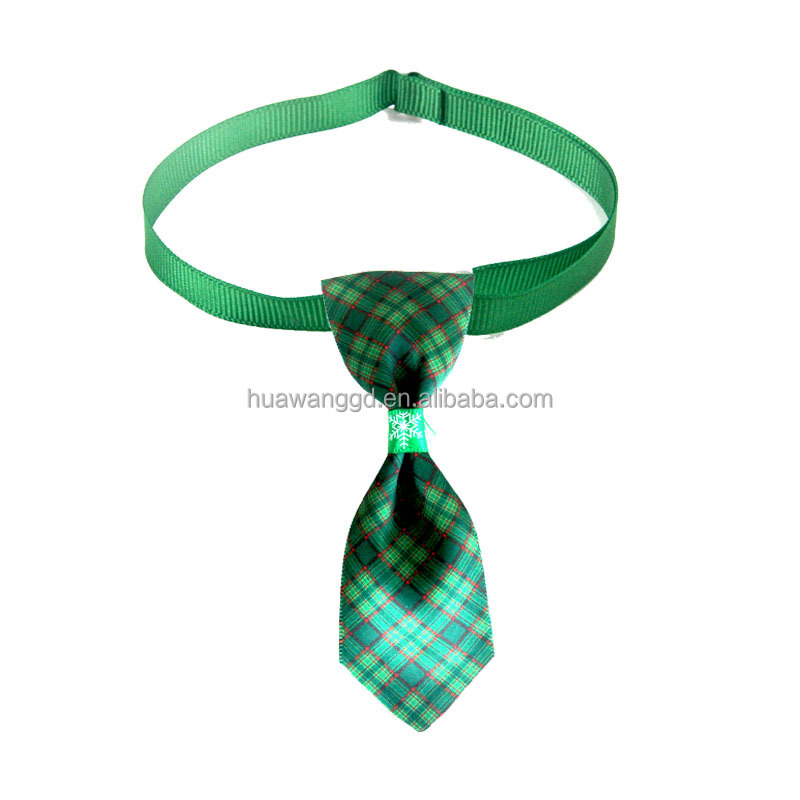The Requirements of Tie Color Coordination
Tie color coordination is essential in fashion and is a skill that every man should master. It is not just about matching the right color with the right outfit; it is about creating a harmonious and visually appealing look. The color of the tie should complement the color of the shirt, jacket, and even the pants or skirt being worn. It should not clash or be too bold, but it should be eye-catching and memorable. The best way to learn tie color coordination is to experiment with different color combinations and to observe what looks good and what does not. Over time, you will develop an eye for color coordination and be able to effortlessly match ties with your outfits.
In the world of fashion, the color coordination of a tie is essential to create a harmonious and attractive appearance. The following are some key factors to consider when selecting the color of a tie to match your ensemble.
1. Color of the Suit

The color of the suit you are wearing is the first consideration for tie color coordination. A common rule is to match the color of the tie with the color of the suit jacket or trousers. For example, if you are wearing a navy blue suit, a navy blue or marine blue tie would be a good match. If you are wearing a gray suit, a gray or charcoal gray tie would complement it well.
2. Color of the Shirt
The color of the shirt you are wearing also plays a role in tie color coordination. A tie that matches the color of the shirt can create a seamless and coordinated look. For example, if you are wearing a white shirt, a white or off-white tie would be a good choice. If you are wearing a striped shirt, consider a tie with a similar color pattern.
3. Color Contrast

Color contrast is another important factor to consider when selecting a tie color. A strong contrast between the color of the tie and the color of the suit or shirt can create a bold and eye-catching look. For example, if you are wearing a dark gray suit with a white shirt, a brightly colored tie like red or orange would make a statement.
4. Color Combinations
Some color combinations work well together and can create a harmonious look. For example, blue and orange are complementary colors that work well together. Green and red are also a good combination. Consider these color combinations when selecting your tie color.
5. Personal Preferences

Ultimately, personal preferences should be taken into account when selecting a tie color. What colors do you like? What colors make you feel comfortable and confident? Experiment with different colors and combinations to find what works best for you.
In conclusion, tie color coordination is essential to create a harmonious and attractive appearance. Consider the color of your suit, shirt, personal preferences, and color combinations to find the perfect tie color for you. Whether you are dressing up for a formal event or just looking to add a touch of elegance to your outfit, these tips will help you make the right choice.
Articles related to the knowledge points of this article::
The Elegance of Half-Shirt and Tie
Yúhán Garment Tie Factory: Crafting Excellence in Tailoring and Accessories
Explosion at Yiwu Tie Factory: A Tragic Tale of Tragedy and Trade



